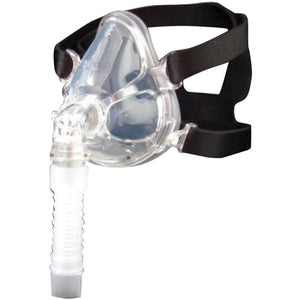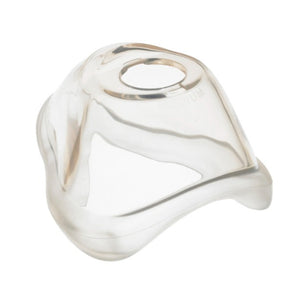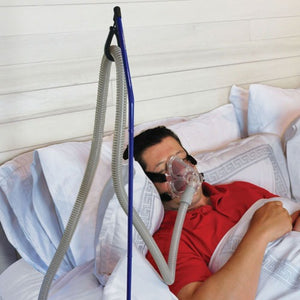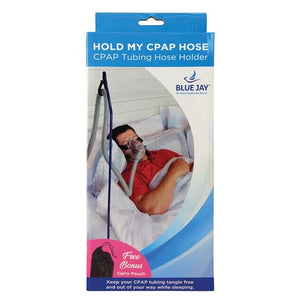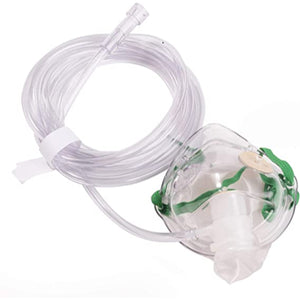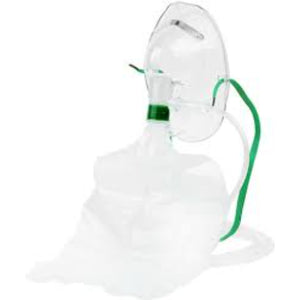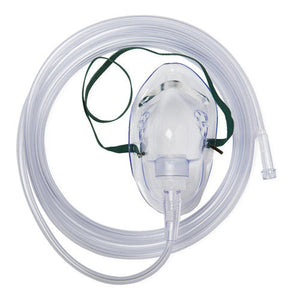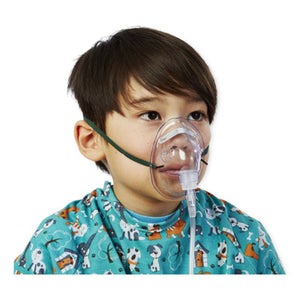How to Clean CPAP Hose with Vinegar
Regular cleaning of your CPAP hose is essential for safe and effective therapy. Using a vinegar solution for cleaning CPAP hose is a natural, cost-effective, and reliable way to remove bacteria and buildup. Learn how to clean, dry, and maintain your CPAP tubing for optimal hygiene.
Why Clean Your CPAP Hose Regularly?
Your CPAP hose carries humidified air directly to your airway. Over time, moisture, dust, skin oils, and bacteria can accumulate inside the tubing. This can lead to:
- Breeding grounds for mold or mildew
- Decreased equipment lifespan
Cleaning with natural vinegar solutions is one of the most trusted, effective, and affordable options.
Benefits of Cleaning CPAP Tubing Naturally with Vinegar
Using vinegar as a natural disinfectant offers several advantages:
- Deodorizes without added fragrances
- household
- Many users ask, "How often should I clean CPAP hose with vinegar?" The answer: Once a week, with daily rinsing recommended in humid environments.
Step-by-Step: How to Clean CPAP Hose with Vinegar
Follow this simple process to clean and maintain your tubing.
Step 1: Gather Your Supplies
- Warm distilled or filtered water
- Clean towel or drying rack
Step 2: Create the Vinegar Solution
Mix 1 part white vinegar to 3 parts warm water. For example, 1 cup vinegar + 3 cups water.
Why this ratio? It's strong enough to kill bacteria but gentle on the hose.
Step 3: Soak the Hose
Submerge the hose completely in the solution. Let it soak for 20–30 minutes. Rotate occasionally to ensure all areas are covered.
Step 4: Rinse Thoroughly
After soaking, rinse the hose with warm distilled water until the vinegar smell is gone. This prevents any leftover acidity from irritating your respiratory system.
Step 5: Dry the Hose Properly
This step is crucial. Improper drying can invite mold.
Drying tips:
- Use a CPAP tube drying stand for faster results
-
Air Drying Best Practices for CPAP Hose
Drying time varies depending on humidity, but a typical hose takes 4–6 hours to dry fully.
- Pro Tip: Use a small hair dryer (cool setting only) to speed up the process, but avoid heat to prevent damage.
Alternatively, consider purchasing a hose air-drying system or a natural CPAP cleaning kit that includes drying tools. Moovkart offers kits designed for daily convenience.
When Should You Replace Your CPAP Hose?
Even with proper cleaning, CPAP hoses wear out. Here's a guide:
| Condition | Action |
| Cracks or stiffness | Replace immediately |
| Persistent odor after cleaning | Replace |
| Used over 3 months | Replace as a best practice |
Explore our collection of replacement CPAP hoses and cleaning accessories to maintain optimal therapy.
FAQs About CPAP Hose Cleaning
1. Can I use vinegar every time I clean my CPAP hose?
Yes, weekly vinegar cleaning is safe. Avoid daily vinegar use—rinse with water instead on non-cleaning days.
2. Is vinegar better than soap for CPAP hose cleaning?
Yes, vinegar is more effective at eliminating bacteria and mold compared to mild soap, especially when rinsed thoroughly.
3. How long should the hose soak in vinegar solution?
20 to 30 minutes is ideal. Soaking longer may degrade materials over time.
Conclusion: Breathe Easier with a Clean CPAP Hose
Taking a few minutes each week to clean your hose with vinegar solution can greatly improve the hygiene and effectiveness of your CPAP therapy. You’ll sleep better, avoid potential infections, and protect your equipment investment.


